I have a web api project using async/await controllers and tasks.
I've noticed every request after the 6th one gets queued. To test this, I made an easy delayed action:
[HttpGet()]
[Route("maestros/prueba")]
public async Task<IHttpActionResult> prueba()
{
await Task.Delay(5000);
return await Task.FromResult(Ok(true));
}
Then I called it from an AngularJS app. I clicked it 18 times, and the result are as shown below:
I was hoping to get them all processed at once, even if each took a small performance hit, but instead I am facing processing blocks of 6 requests.
I have tried disabling session at controller level and it doesn't work. I've looked everywhere for info, but it's not concluding and I don't really know what's happening.
For this project, it's a real problem, because there are certain parts where more the 6 requests are issued, and everything is slowed down.
What is happening? Can I change it?
